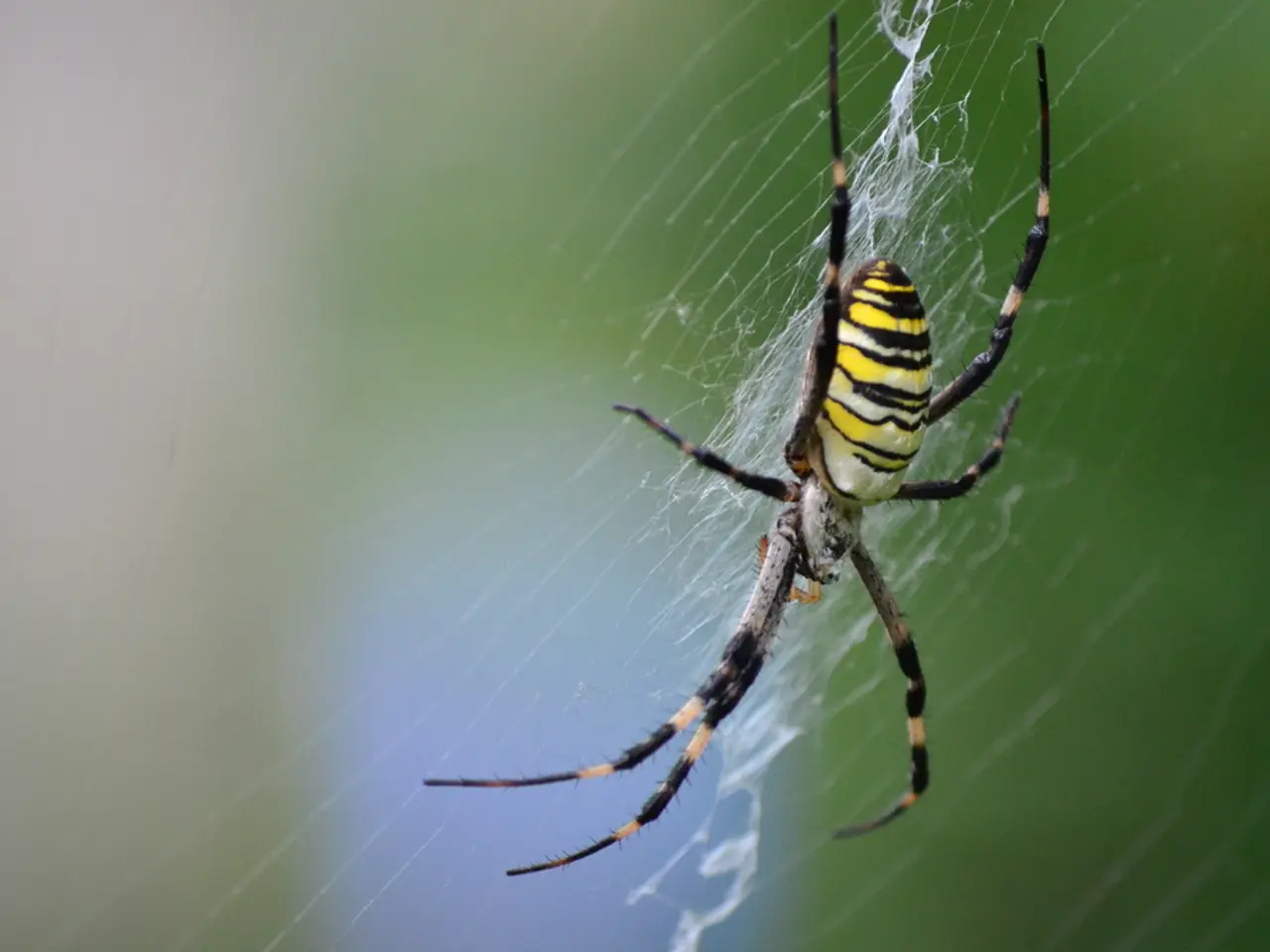Predatory caterpillar species, known as 'The Bone Collector', disguises itself to blend amongst its deceased meal
In the scientific journal Science, a fascinating discovery was announced on April 25 - the bone collector caterpillar. This carnivorous moth, belonging to the genus Hyposmocoma, was first spotted almost 20 years ago by entomologist Dan Rubinoff in the Waianae Mountains of Oahu.
The bone collector caterpillar is unique for several reasons. It is the first known species to live in spider hunting grounds and fully decorate itself with body parts. It resides within spider webs, usually in trees, logs, or rock cavities, and waits for insects trapped within.
All members of the genus Hyposmocoma wear protective coats when young, but the bone collector caterpillar takes this to a new level. It nibbles large pieces of prey down to size before incorporating them into its camouflage. The remains of its prey, including those of the eight-legged landlord, are carefully probed and rotated before being woven onto its silken case. The caterpillar also conceals its scent and texture with these remains, ensuring a perfect disguise.
Over the next two decades, only 62 bone-collector caterpillars were spotted, all within a 15-square-kilometer (almost 6-square-mile) range. Each spider web accommodates only one bone collector caterpillar at a time, as they prey on each other if more than one exists within a web.
The lineage of the bone collector moth is at least 6 million years old, making it older than the island of Oahu. The discovery of the bone collector caterpillar is significant as it could have potentially prevented its extinction. The newfound species of caterpillar is named the "bone collector."
The researcher who reported the discovery of the bone collector caterpillar is Art Evans. His findings have shed new light on the biodiversity of the Hawaiian Islands, home to numerous unique and interesting species. The bone collector caterpillar, with its unique camouflage and carnivorous nature, is just one more example of the wonders that can be found in this tropical paradise.
Read also:
- Peptide YY (PYY): Exploring its Role in Appetite Suppression, Intestinal Health, and Cognitive Links
- Toddler Health: Rotavirus Signs, Origins, and Potential Complications
- Digestive issues and heart discomfort: Root causes and associated health conditions
- House Infernos: Deadly Hazards Surpassing the Flames








